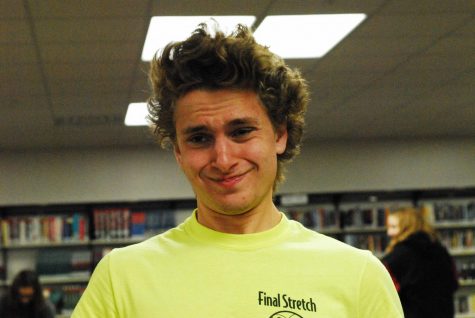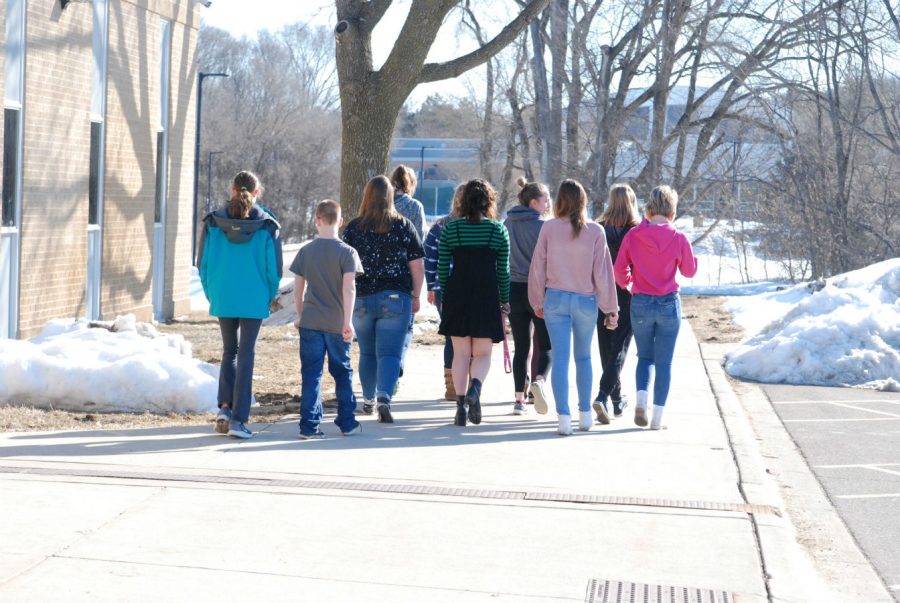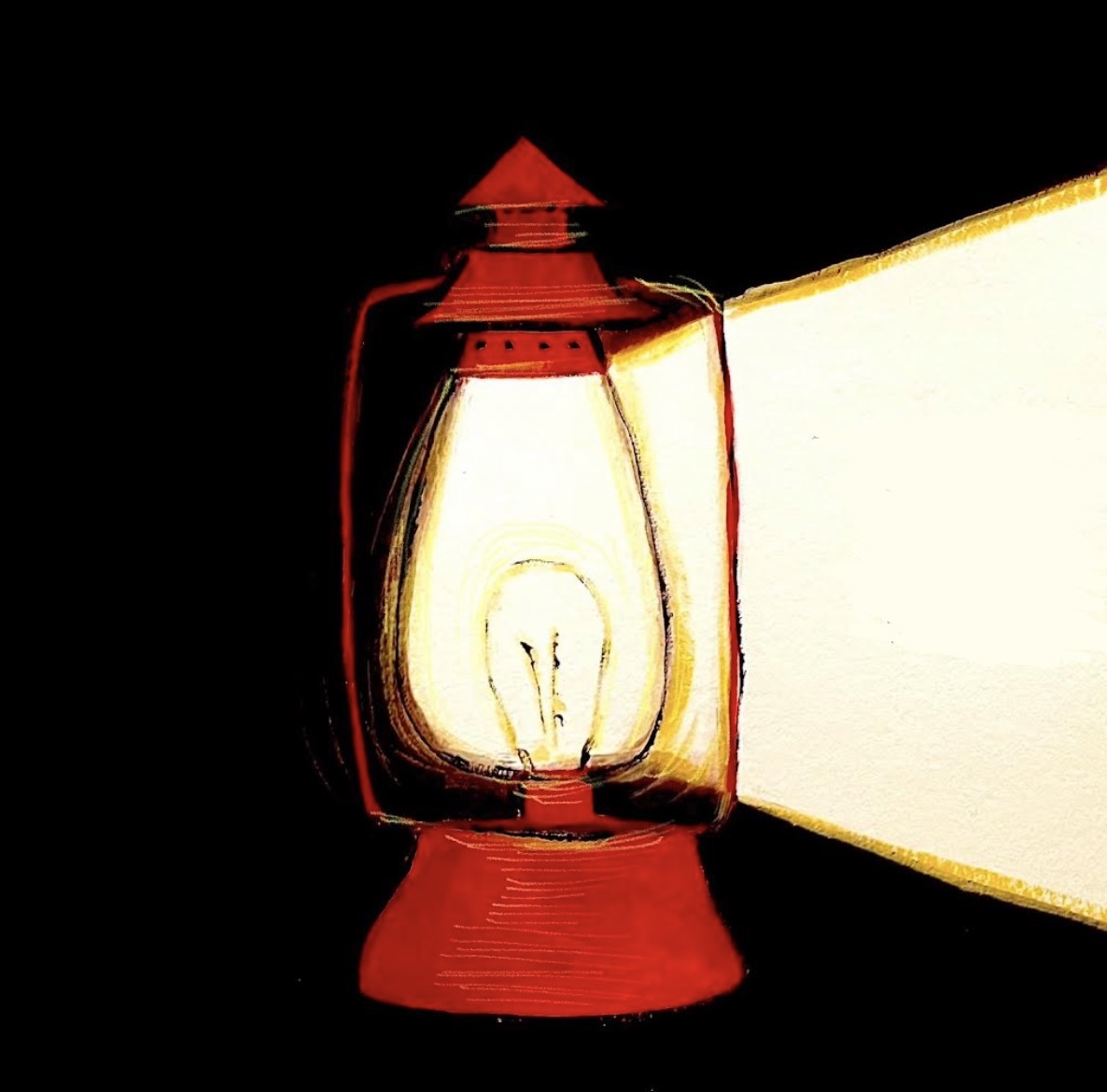Walking up and walking out
Students debated whether to walk up to students and say something nice, or walk out of class to honor the victims of the Florida school shooting.
A handful of students participate in the national school walkout.
On February 14, 2018, the day began as any typical Valentine’s Day. At a high school in Parkland, Florida, students went about their day; worrying if their crush would accept their flowers. Around 2:22 pm, shortly before school day had ended, the lives of the Stoneman Douglas students would be forever changed. 19-year-old Nikolas Cruz, a formerly expelled student of Stoneman Douglas High school, was charged with 17 counts of first-degree premeditated murder after he opened fire on the Florida school. With smoke grenades and a rifle in hand, the gunman entered school property and set off the fire alarms. As students and teachers, who assumed that there was another fire drill, poured out of classrooms, the sound of gunshots could be heard coming from nearby hallways. Hours after the gunman fled from the school, students and teachers continued to hide in classrooms and closets while they waited for police and authorities to arrive.
At precisely 10:00 am on March 14, 2018, exactly one month after this fatal school massacre, thousands of students across the United States walked out of their schools for 17 minutes. Each minute stood for one of the fallen victims from Marjory Stoneman Douglas High School. This walkout was organized by the Women’s March Youth Empower who stated that there were over 3,000 walkouts planned for Wednesday. In this largest demonstration of student activism in the Nation today, the walkout was partly an effort to prompt lawmakers to pass gun reform laws. However, many students chose to participate in the walkout to honor those who lost their lives. “My reason for participating in the walk out wasn’t so much about declaring my stance on gun control, but rather geared more toward remembering the 17 students who lost their lives in a senseless school shooting,” Cannon Falls Junior, Molly Bowen, commented. “We walked for 17 minutes, gathering in a circle during the last minute for a moment of silence dedicated to the victims, and as I stood there, I felt that taking 17 minutes out of my day to honor those kids was the right choice.”
If students chose not to take part in the walkout, they had the option of ‘walking up’ to other students during the school day. Statements such as “walk up to the kid who sits alone and ask him to join your group” or “walk up to your teachers and thank them” were used to promote a positive classroom environment. In the Parkland attack, authorities reported that the gunman was troubled and mentally ill. By doing kind actions throughout the day, the “Walk up” movement encouraged people to become more aware of mental health issues. “I think walking up to others was a good alternative because most schools didn’t necessarily allow their students to walk out,” Cannon Falls Junior, Lola Munson, mentioned. “Being kind to others and recognizing symptoms related to mental illnesses could prevent school shootings from occurring.”
Even in the state of Minnesota, which is over 1,000 miles away from Parkland, Florida, people were affected by the ninth deadliest mass shooting in modern American history. Events are organized to get people, mainly teenagers, more involved in what happens in our government. With the National School Walkout, students were able to voice their opinions. “For how much society stresses that young people are the future of our country, I feel that it’s crucial for those young people’s ideas and voices to be considered in our government today,” Bowen states. Whether people chose to walk out or to walk up, March 14 will stand as a day where the Nation came together to make an impact for future generations.

Sophie Epps is a senior and is one of the co-editors of the Features section. Even when not writing bios, she enjoys talking about herself in the third...

Bryson Felton is a senior photographer and part editor for the Lantern. He is also involved in the school musicals and plays, speech, yearbook, and track....


